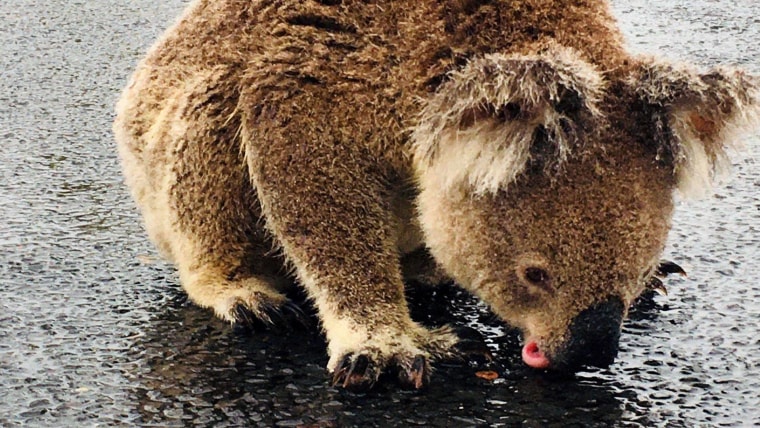Nearly 3 billion animals were affected by Australia’s worst wildfire season that burned from last July through March this year, scientists announced Tuesday — a figure almost three times higher than original estimates.
The report released Tuesday and commissioned by the World Wide Fund for Nature Australia said more than 46 million acres were scorched. An estimate in January said 1.25 billion animals were affected.
“This ranks as one of the worst wildlife disasters in modern history,” said Dermot O’Gorman, the organization’s chief executive officer in a statement. “It’s hard to think of another event anywhere in the world in living memory that has killed or displaced that many animals.”
Ten researchers from Australian universities and wildlife groups involved in the report have been looking at both the impact of the fires and possible ways to protect ecosystems in the future.
The affected wildlife includes 143 million mammals, 2.46 billion reptiles, 180 million birds and 51 million frogs.
“It’s almost impossible to comprehend how many individuals that actually means,” Lily van Eeden, a researcher at the University of Sydney and co-author of the report, told NBC News.
The jump in the estimated animals affected compared to the January report is due to a wider geographic area being studied and new data on wildlife, Van Eeden said.
Despite the increased scope of the researched, Van Eeden said cautioned that the estimate is still “quite conservative.”
Invertebrate species — such as spiders and butterflies — were not included and neither was a range of wildlife that live in waterways like turtles.
The report does not put an exact figure on how many animals were killed because of limited evidence left behind by the fires and uncertainty of the volume that escaped and continued to thrive, the report said.
In addition to the immediate threat of fires, other factors influencing the mortality of wildlife include smoke inhalation, heat stress and dehydration and increased competition for resources in their new habitats, the report said.
It remains unclear what the impacts are on species outside the fire zone. Rainfall that washed away sediment and ash into waterways could have implications for wildlife miles away downstream and still needs to be studied, Van Eeden said.
The magnitude of the devastation can’t be compared to any other environmental event, Van Eeden said, in part because this is a first to measure the effect on wildlife.
The report recommended better protection of unburnt habitat and establishing rapid response teams to rescue threatened species and habitats when fires happen in the future.
As extreme weather and fires become more frequent with climate change, Van Eeden said the findings can help “to better understand what this means to threatened species and ecosystems and perhaps also in inform management actions and how we plan for these sorts of things happening in future.”













